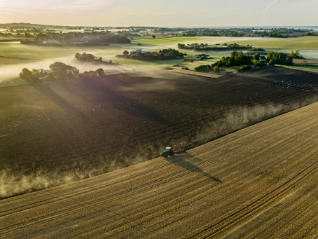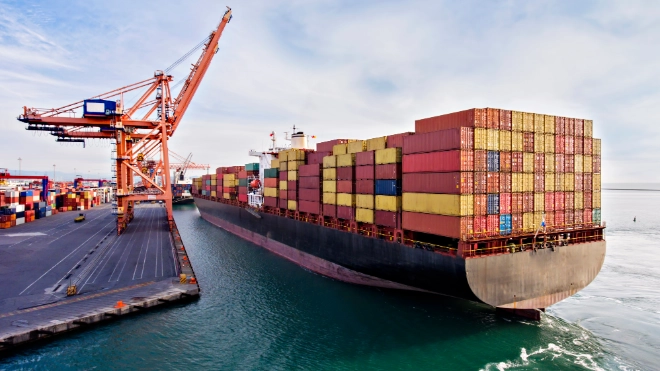Atradius Atrium
保険契約情報、与信限度額申請ツール、インサイトに直接アクセスできます。
 日本
日本














もっと読み込む
視聴 7 より 157






もっと読み込む
視聴 7 より 32
Atradius Exclusive購読を契約すれば、アトラディウスのエコノミストによる最新レポート、企業の支払慣行に関する年次レビュー、セクターの業績などの最新情報がチェックできます。







もっと読み込む
視聴 7 より 13














もっと読み込む
視聴 7 より 9
